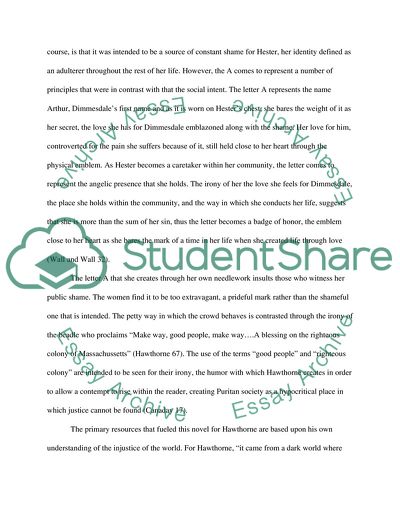Cite this document
(“The Scarlet Letter: Social Irony and the Paradox of Justice Research Paper”, n.d.)
The Scarlet Letter: Social Irony and the Paradox of Justice Research Paper. Retrieved from https://studentshare.org/literature/1575470-the-scarlet-letter-social-irony-and-the-paradox-of-justice
The Scarlet Letter: Social Irony and the Paradox of Justice Research Paper. Retrieved from https://studentshare.org/literature/1575470-the-scarlet-letter-social-irony-and-the-paradox-of-justice
(The Scarlet Letter: Social Irony and the Paradox of Justice Research Paper)
The Scarlet Letter: Social Irony and the Paradox of Justice Research Paper. https://studentshare.org/literature/1575470-the-scarlet-letter-social-irony-and-the-paradox-of-justice.
The Scarlet Letter: Social Irony and the Paradox of Justice Research Paper. https://studentshare.org/literature/1575470-the-scarlet-letter-social-irony-and-the-paradox-of-justice.
“The Scarlet Letter: Social Irony and the Paradox of Justice Research Paper”, n.d. https://studentshare.org/literature/1575470-the-scarlet-letter-social-irony-and-the-paradox-of-justice.


